What are the best vegetables to grow in Alaska winter?
Finding the best vegetables to grow in Alaska winter was not as easy as I thought. Some require extensive care, others are prone to pests, and lots are just not simple & quick enough to grow.
That’s why I created a list of the 10 Best Vegetables to Grow in Alaska Winter!
This ultimate guide will give you the best vegetables to grow, why you should grow them, and even how to grow them.
Read THIS Before Growing Vegetables in Alaska Winter
Knowing what hardiness zone Alaska is in is critical to understanding the best vegetables that can be grown in the winter.
It can be the difference between your vegetable garden thriving and providing a bountiful yield or producing nothing.
Alaska is mostly considered Hardiness Zone 5, while some of the lower-level regions are Hardiness Zone 6.
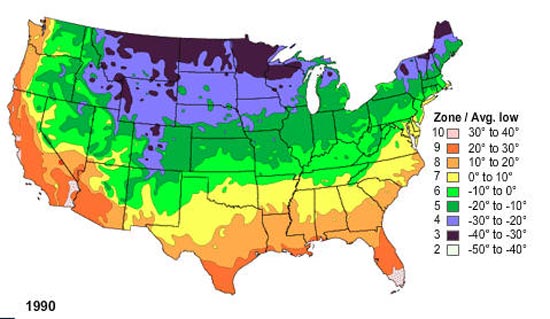
10 Best Vegetables to Grow in Alaska Winter
#1. Lettuce
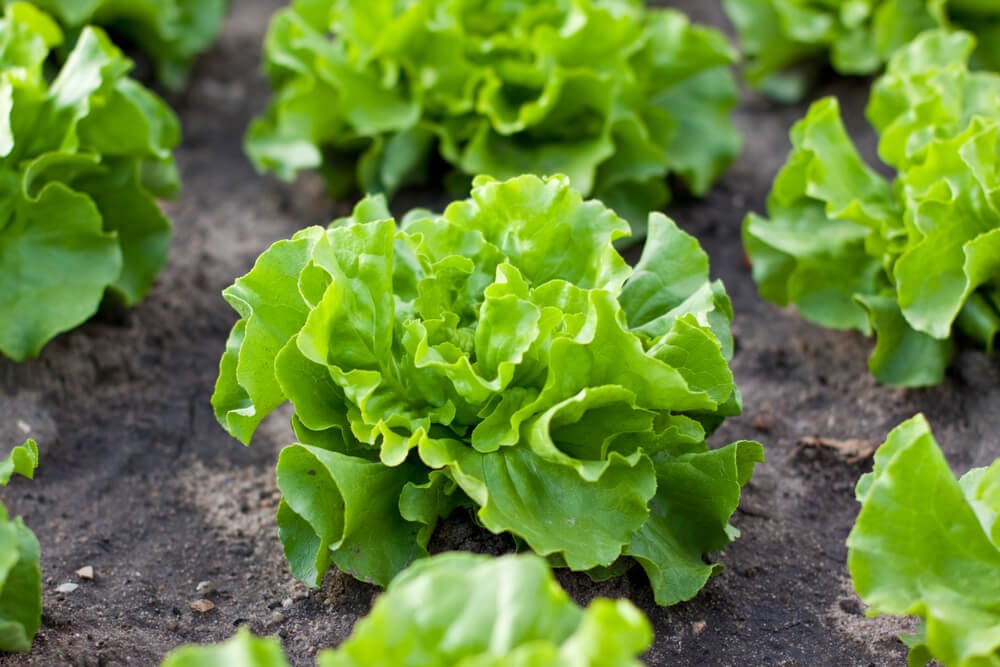
Popular Varieties: Butterhead, Boston, Loose Leaf
Why Grow Lettuce in Alaska Winter?
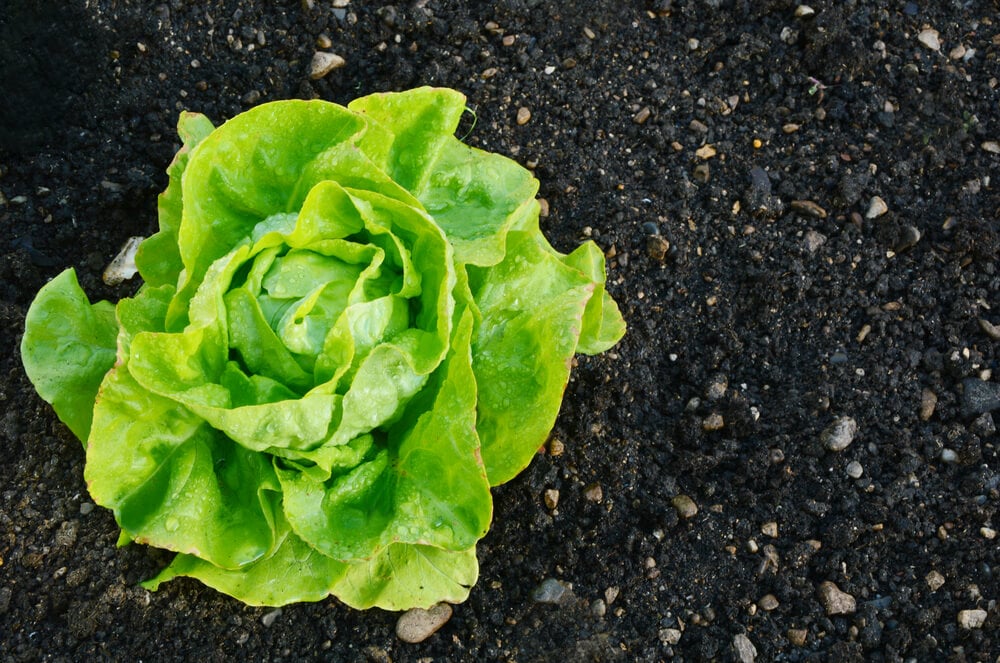
Cold Hardy:
- Lettuce thrives in Alaska’s cold winter months. Unlike other vegetables, this plant can grow even when there is snow or frost on the ground.
Low-Maintenance:
- Lettuce may be the easiest vegetable to grow. You do not need to fertilize it, only need to water it once a week, and it can be planted in any soil.
Perfect for ANY Garden:
- Lettuce is perfect for urban gardening and even gardeners with little space. It is great in gardening containers, raised garden beds, and even indoors.
Harvested All Year:
- Lettuce can be harvested all year. The more you harvest lettuce the more it will grow.
THESE Could Harm Your Lettuce
Pests:
- Deer, Rabbits, & Squirrels LOVE Lettuce. If left unprotected these pests will eat your vegetable before it can even grow.
Slugs:
- You’ll most likely find slugs on your lettuce in winter when the weather is cool or wet. If you plant it in the shade where the soil is damp you should expect slugs too.
Extreme Heat:
- While rare in Alaska Winter, this can cause your lettuce to flower and become inedible. Make sure to plant your lettuce in partial shade to avoid this.
Additional Resources
Learn How To Grow Lettuce HERE
#2. Kale
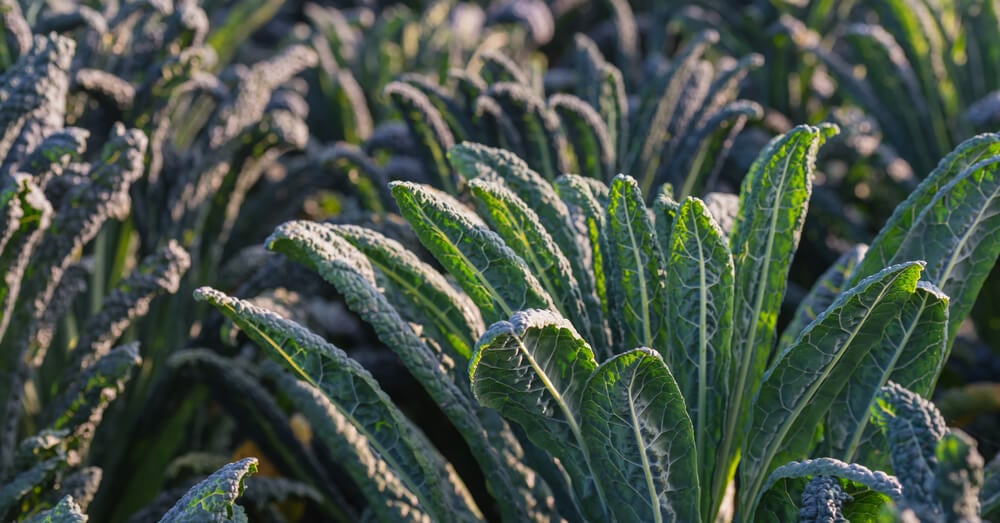
Popular Varieties: Curly, Lacinato, Red Russian, Ornamental
Why Grow Kale in Alaska Winter?
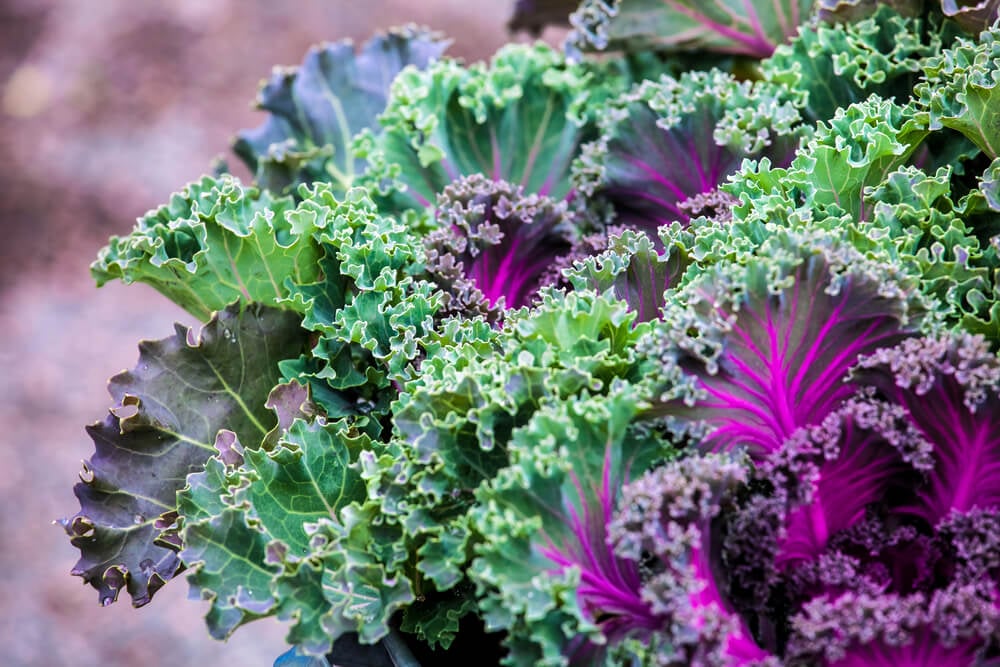
Cold Hardy:
- Kale is the hardiest vegetable when it comes to cold in Alaska. Unlike any other vegetable on this list, Kale can be grown throughout the entire year.
Ornamental:
- Kale is the only vegetable on this list that can also be considered an ornamental plant. This means it can add color, features, and beauty to any type of garden.
Perfect in Pots:
- If there is any vegetable that can be grown in gardening pots in Alaska, it’s Kale. This is one of the most adaptive vegetables, making it perfect for beginner gardeners in Alaska.
THESE Could Harm Your Lettuce
Aphids
- Like many other vegetables, aphids are one insect you don’t want. Aphids are especially prevalent in Alaska and can stunt or kill your kale.
Extreme Heat
- Like lettuce Kale does not tolerate extreme heat. After just a week in temperatures over 90 degrees, Fahrenheit and direct sunlight Kale can flower and become inedible.
Additional Resources
Learn How To Grow Kale HERE
#3. Peas
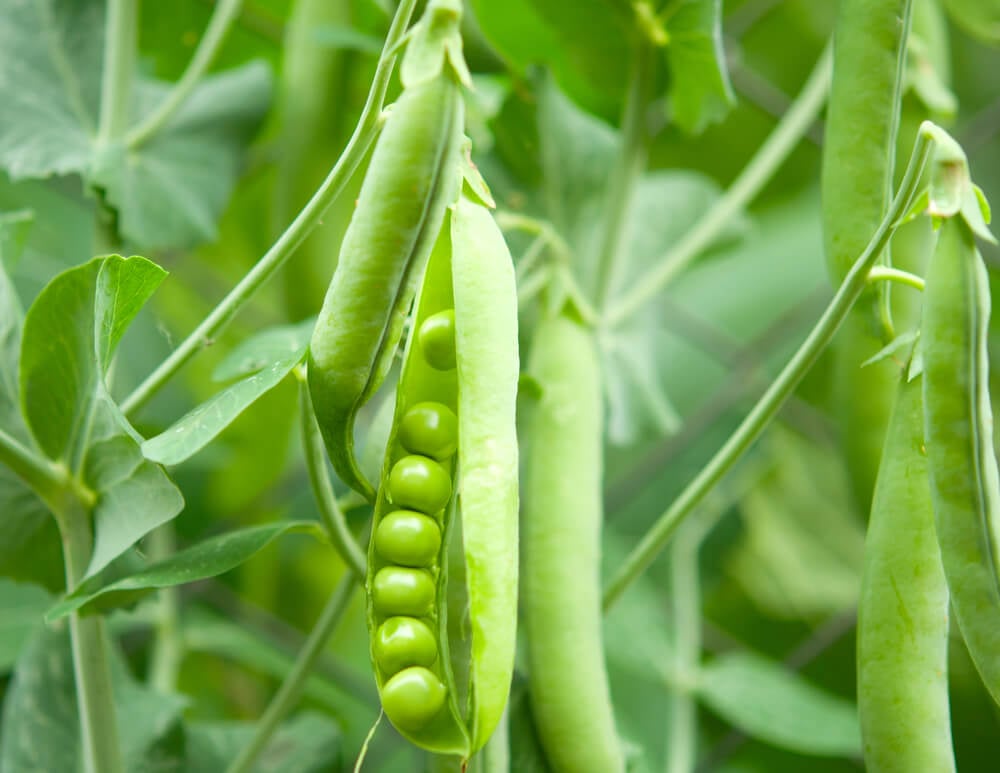
Popular Varieties: Snow peas, sugar snap, english peas
Why Grow Peas in Alaska Winter?
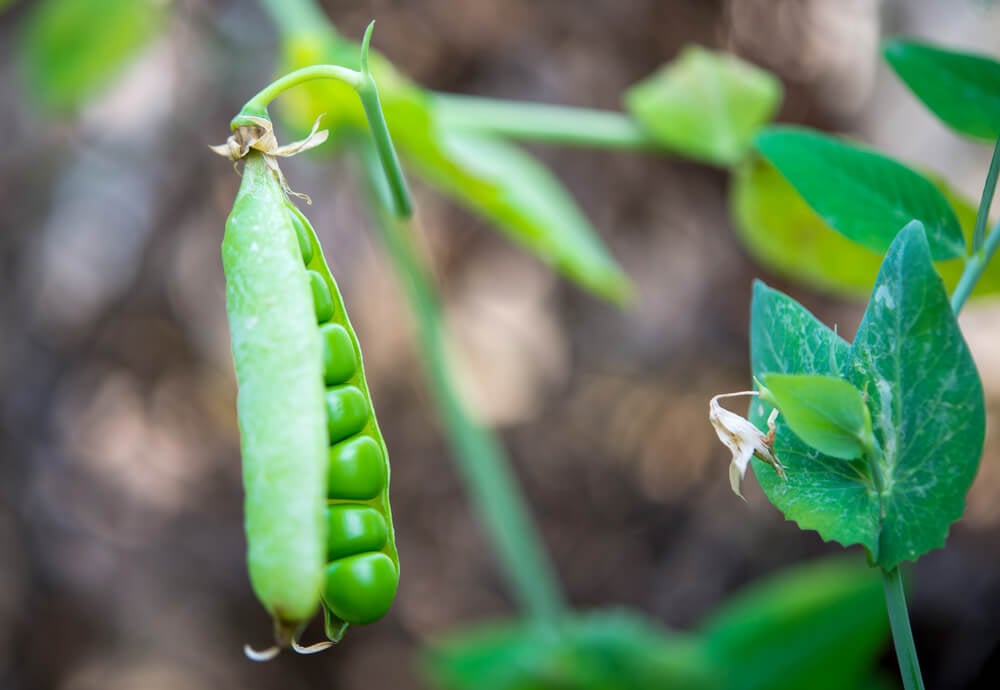
Thrives in Cold:
- While some vegetables are cold-hardy, Peas thrive in Alaska’s cold winter weather. If you want the tastiest peas you should grow them in late fall or early winter.
Great for Vertical Gardening:
- Peas are one of the few vegetables that are perfect for vertical gardening. Vertical Gardening is popular in the cities of Alaska and even in the suburbs where land for horizontal growing is scarce.
Perfect in Raised Garden Beds:
- Peas do not need much room. They also grow great among other vegetables and plants. This makes it perfect for raised garden beds, which is one of the most popular techniques of gardening in Alaska.
THESE Could Harm Your Peas
Pests:
- Deer, Rabbits, & Squirrels LOVE start to come out and become hungry in spring. One of the first plants they eat is peas. Whether protected or unprotected pests pose a risk to growing peas in Alaska.
Any temperature but cold:
- While most vegetables grow in Alaska’s summer heat, peas cannot. Any temperature, but cold will pose a risk to growth & tastiness.
Additional Resources
Learn How to Grow Peas HERE
#4. Swiss Chard
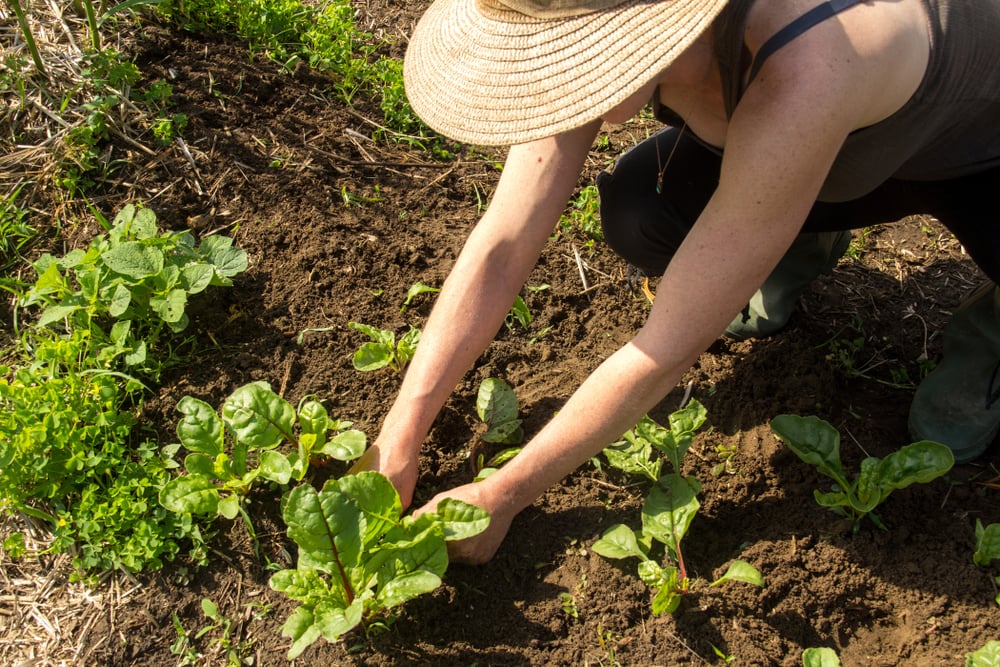
Popular Varieties: Bright Lights, Fordhook Giant, Rhubarb
Why Grow Swiss Chard in Alaska Winter?
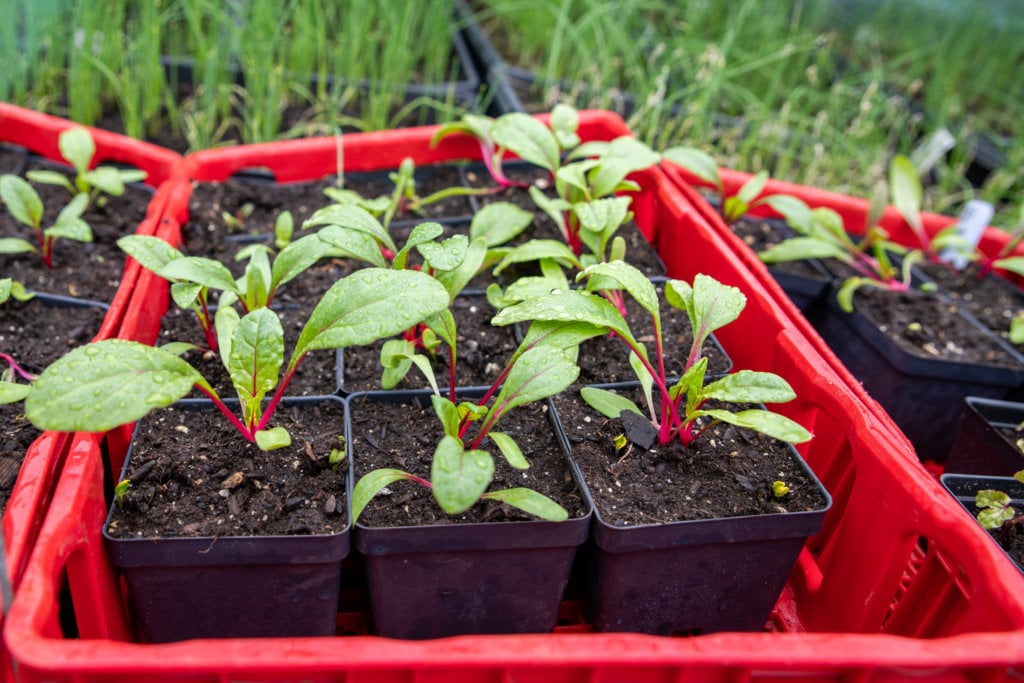
Cold-Hardy:
- Swiss Chard is another leafy green that is cold-hardy. You can grow it all year making it the perfect fresh vegetable for your holiday recipes.
Numerous Varieties:
- To a beginner gardener, swiss chard looks like swiss chard. But to expert winter gardeners, there are numerous varieties of swiss chard, each with its own texture, colors, and flavors.
THESE Could Harm Your Swiss Chard
Pests:
- People love swiss chard. Pests do too. If you do not properly protect your swiss chard deer can destroy it in a matter of minutes and rabbits and squirrels can do as much damage almost as quickly.
Additional Resources
Learn how to grow Swiss Chard in Alaska HERE.
#5. Arugula
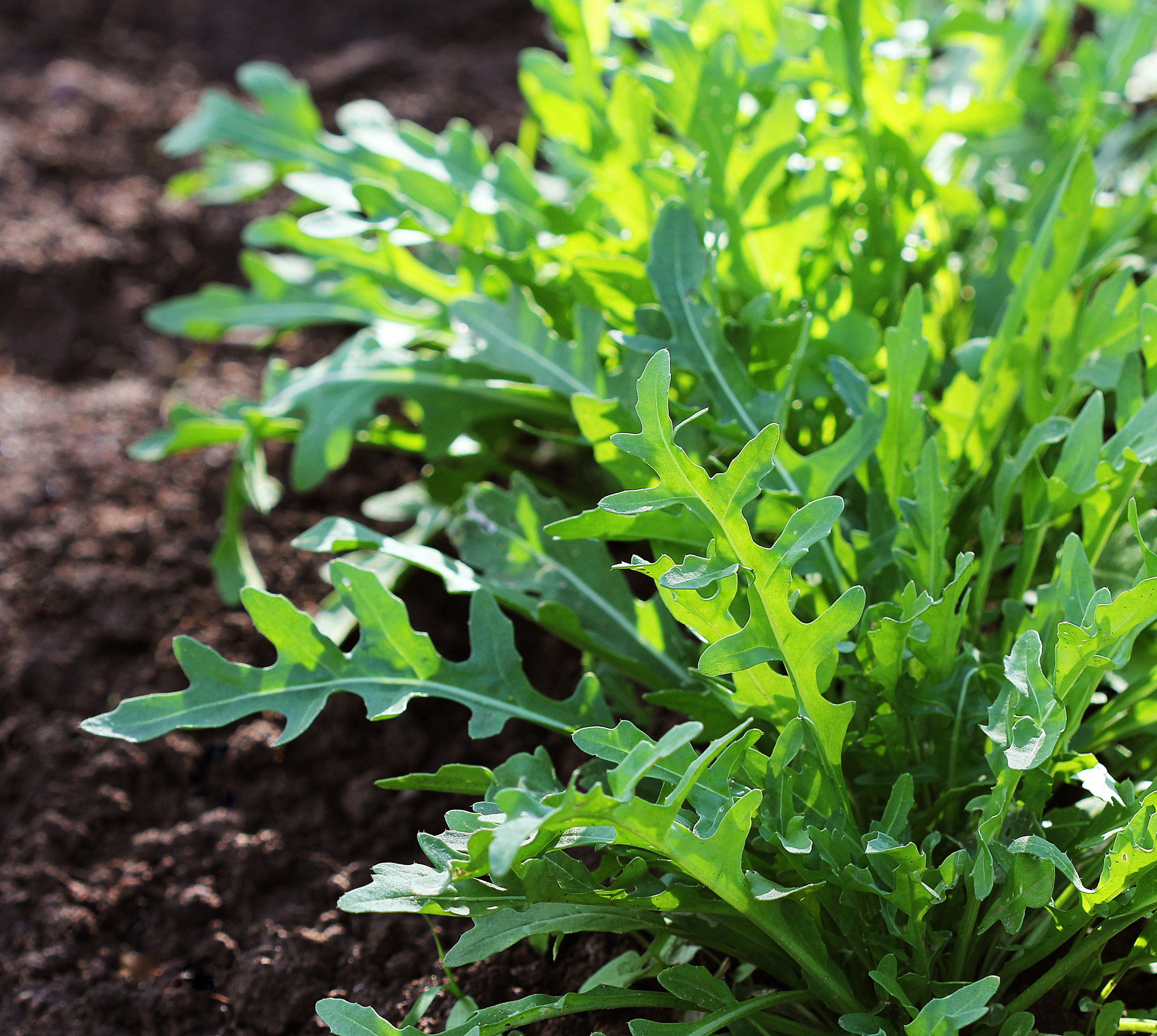
Popular Varieties: Astro, Rocket, Italian Cress
Why Grow Arugula in Alaska Winter?
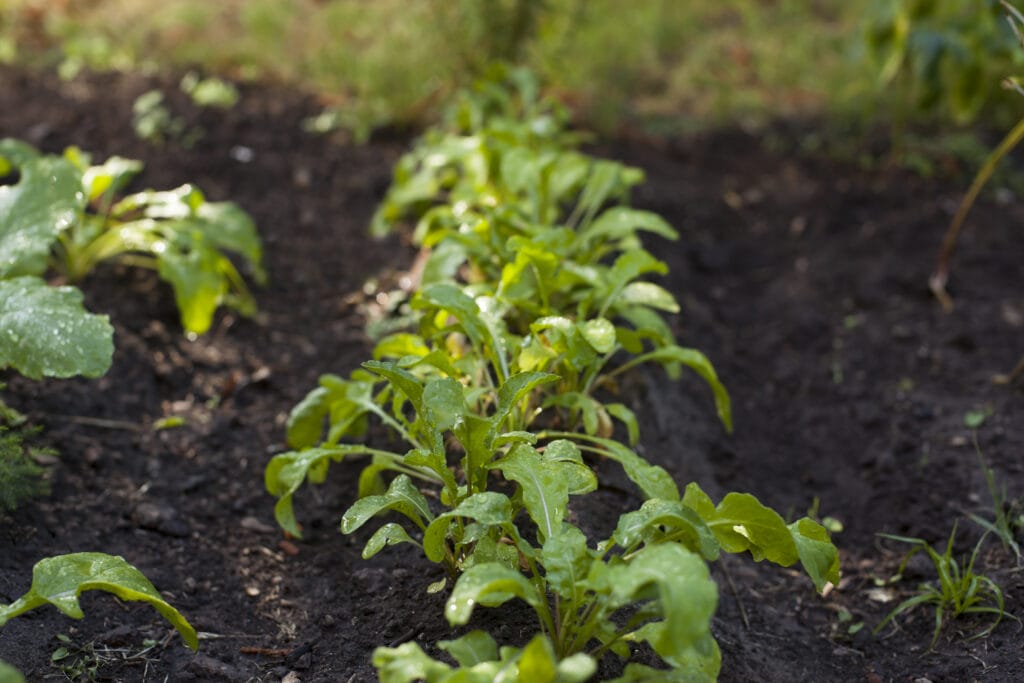
Thrives in the heat & cold:
- Arugula is one of the most versatile vegetables. Some varieties can be grown in cold weather, some can be grown in warmer weather, and some are perfect to be grown in both types of weather. This makes it ideal for planting and growing in the winter.
Provides All-Winter Harvest:
- Arugula is one of the few vegetables that you will harvest from as early as fall to early winter if planted right. This means you will be able to enjoy or store it all year long.
Ground Cover:
- Arugula is an excellent ground cover if you want an edible herb that will also prevent weeds and take up large amounts of space in your garden with very few seeds.
THESE Could Harm Your Arugula
Birds, Squirrels, Rabbits, & Chipmunks:
- These pests will generally not harm your actual squash arugula. What they will do though is immediately eat arugula leaves if you do not protect them with netting or rodent spray.
Additional Resources
Learn How to Grow Arugula HERE
#6. Carrots
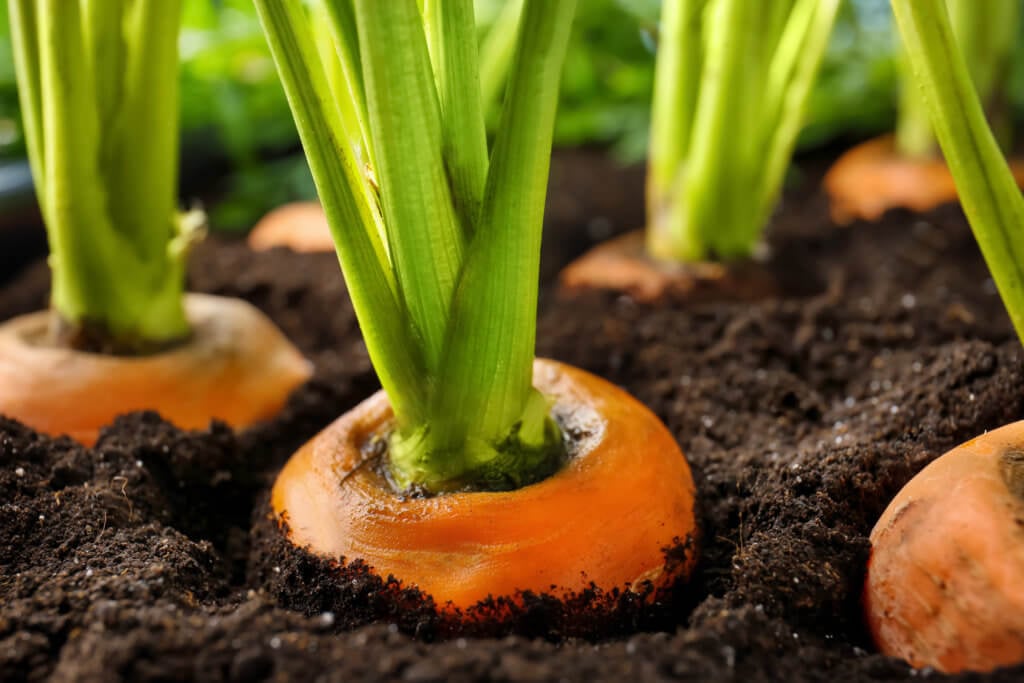
Popular Varieties: Danver, Purple, Yellow, White
Why Grow Carrots in Alaska Winter?
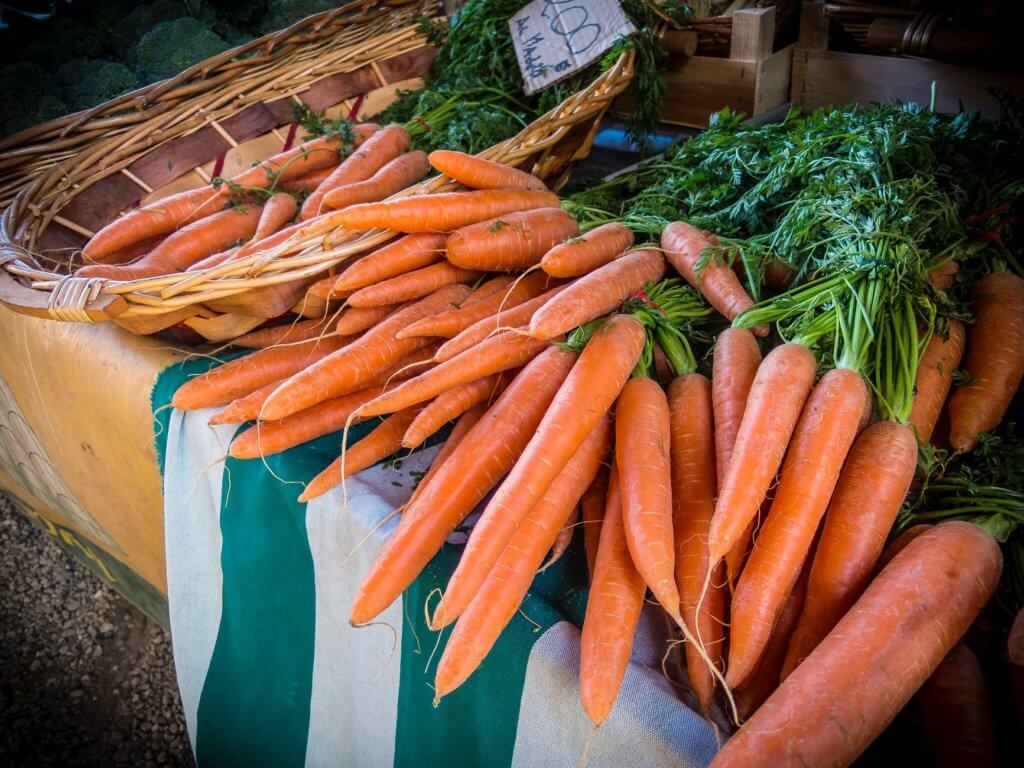
Thrives in the heat & cold:
- Carrots are another vegetable that will thrive in winter weather that is hot but is also perfect for cooler to cold fall and early winter. You can harvest carrots even after the ground has frosted over.
Lots & Lots of Harvest:
- Carrots are one of the few vegetables that you can harvest from late summer to early winter. This means you will be able to enjoy it all year long.
Perfect for Small Spaces:
- The wonderful thing about carrots is that it is a vegetable that is perfect for small spaces. You can plant a lot of carrot seeds in a very small space.
THESE Could Harm Your Carrots
Soil:
- One of the factors that can harm your carrots is soil. If you do not have loamy, sandy soil there is a chance your carrots won’t properly grow or grow at all.
Pests:
- Pests such as rabbits and squirrels love carrot plants. These pests will generally not harm your actual carrot vegetables. What they will do though is immediately eat carrot leaves if you do not protect them with netting or rodent spray.
Additional Resources
Did you know that carrots are one of the few vegetables that you can actually store all winter making it enjoyable all year long?
#7. Spinach
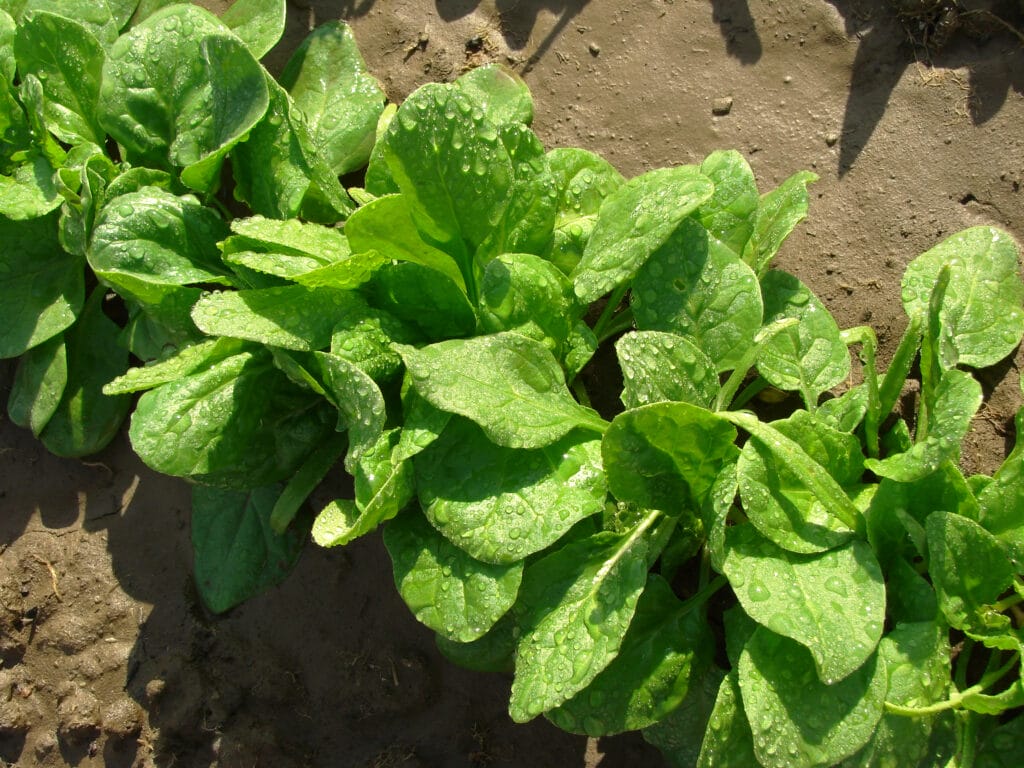
Popular Varieties: Flat, Savoy, Semi-Savoy
Why Grow Spinach in Alaska Winter?
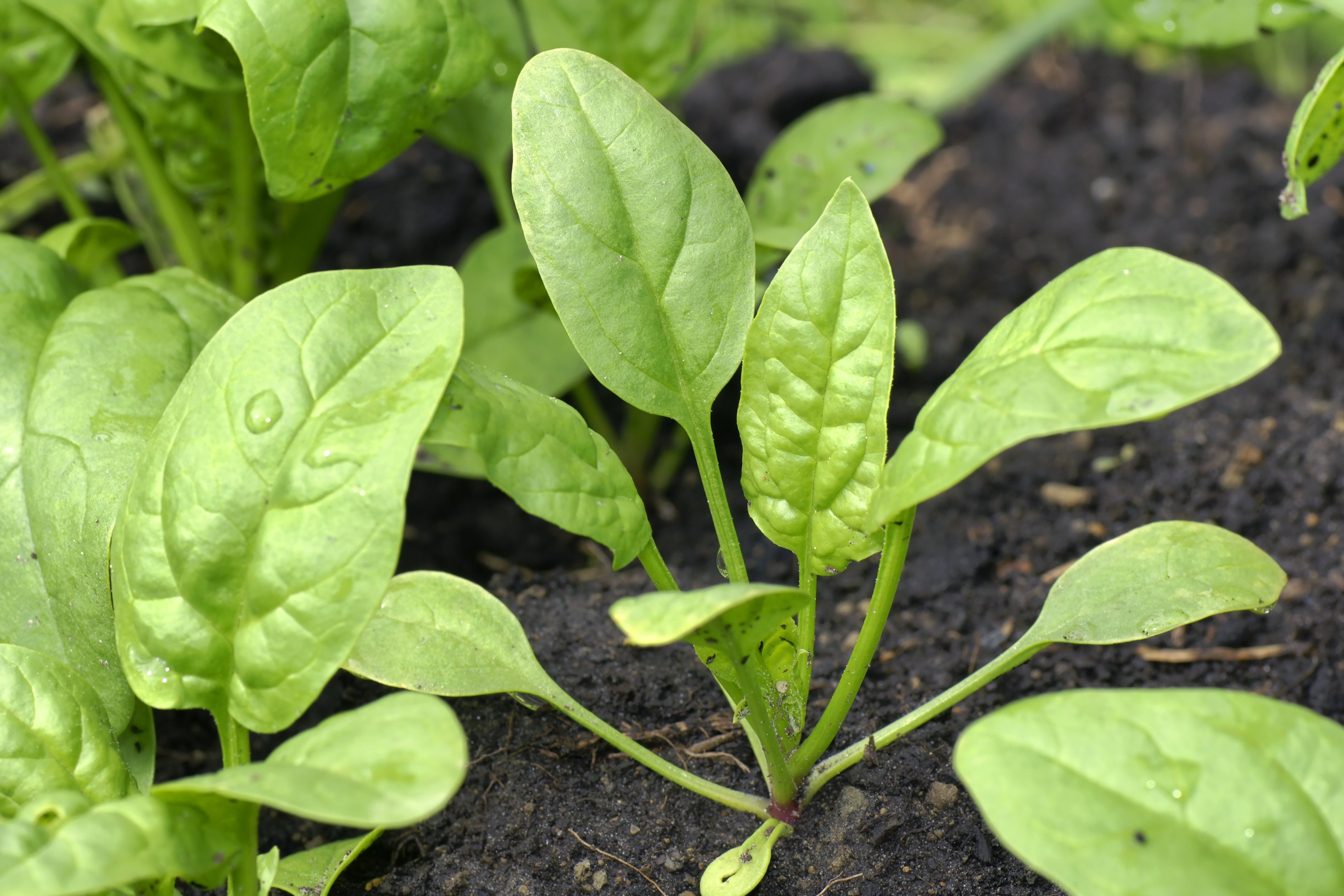
Cold-Hardy:
- Lettuce thrives in Alaska’s cooler winter months. Unlike other vegetables, this plant can grow even when there is snow or frost on the ground.
Perfect for Gardening Pots:
- Spinach is one of the few vegetables that can be grown any time of the year in pots. No matter what the weather is like you can grow spinach in gardening pots on your deck, patio, or raised garden bed and enjoy this nutritional vegetable in the winter.
THESE Could Harm Your Peppers
Pests
- Like lettuce, collard greens, and kale pests love spinach. They will particularly feast on kale in the winter months when food and vegetation start to become scarce.
Additional Resources
Learn How to Grow Spinach HERE
#8. Kohlrabi
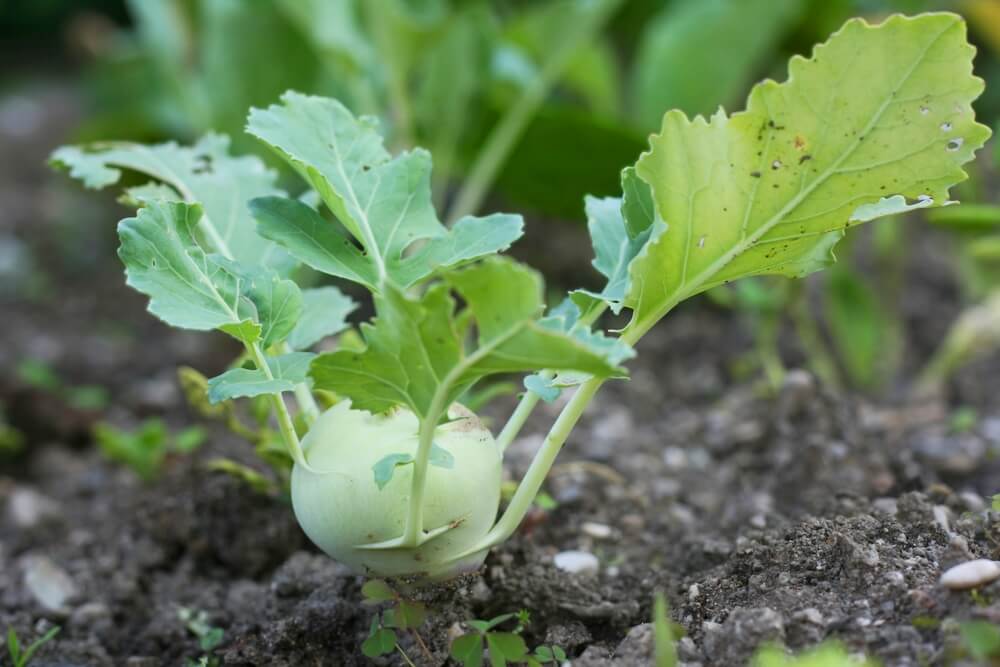
Popular Varieties: Purple Vienna, Kossak, Azur Star
Why Grow Kohlrabi in Alaska Winter?
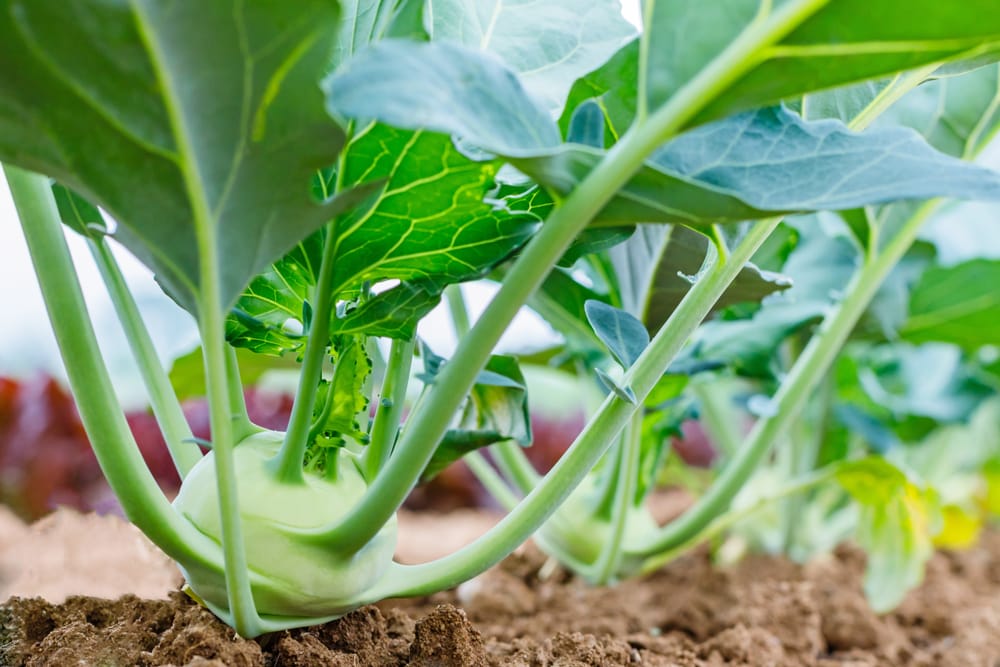
Thrives in Droughts:
- Unlike other vegetables, Kohlrabi does not require much water or snow during winter to grow to make this the perfect vegetable to grow in winter.
Great for Raised Garden Beds:
- Kohlrabi is the perfect vegetable to be planted in raised garden beds. When planted correctly it can grow and be harvested all year.
THESE Could Harm Your Kohlrabi
Insects:
- Kohlrabi is one of the few vegetables that require constant insect control. Insects can quickly destroy your kohlrabi leaves before flowers grow and can destroy the vegetable itself if not properly cared for.
Hot Weather:
- If the weather becomes too hot you can expect your kohlrabi to become stunted, flower, and become inedible.
Additional Resources
Did you know Kohlrabi is fast becoming one of America’s favorite vegetables to eat no matter what time of year it is?
#9. Radishes
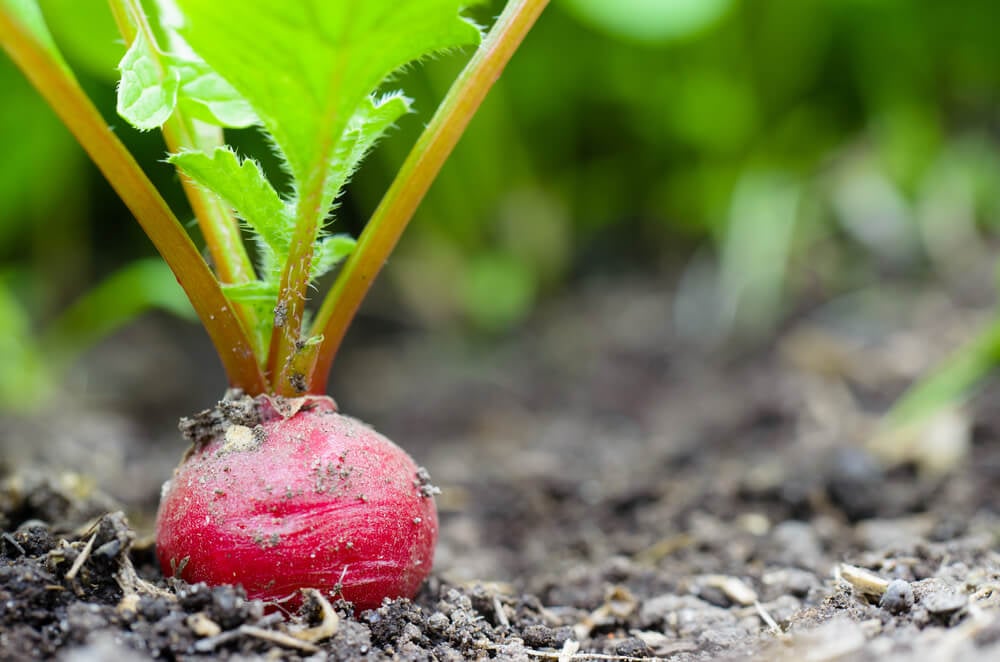
Popular Varieties: French, Tarzan, Stela
Why Grow Radishes in Alaska Winter?
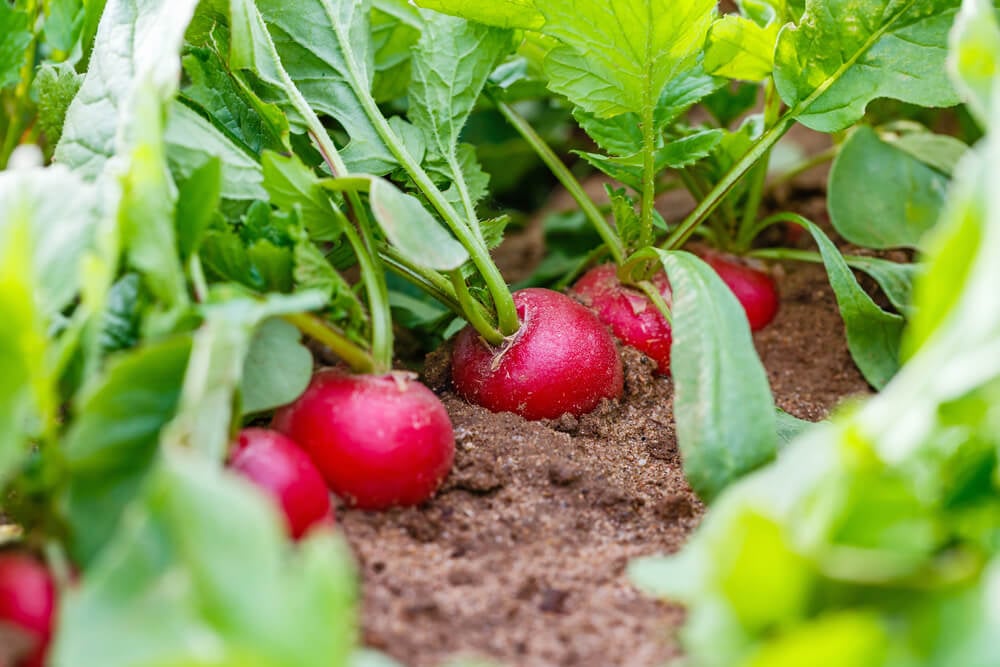
Thrives in Droughts:
- Like Carrots and other root crops, Radishes require little water, sunlight, and even pest care. This makes it great for full-sun and partial-sun garden areas.
Cold Weather:
- Radishes are one of the few vegetables that can survive temperatures slightly below frosts. This means you can plant, grow, and harvest your radishes in the early winter!
THESE Could Harm Your Radishes
Clay:
- Almost all of the vegetables on this can grow in any type of soil. The one exception is radishes. Radishes need loamy and small particle soil. If it is planted in clay soil it will not grow at all.
Additional Resources
The biggest tip I have when growing Radishes in Alaska is to give your vegetable enough space. Most gardeners plant radishes or radish seeds too close to one another, inhibiting the size and flavor of your vegetable.
#10. Cabbage

Popular Varieties: Green and Purple
Why Grow Cabbages in Alaska Winter?
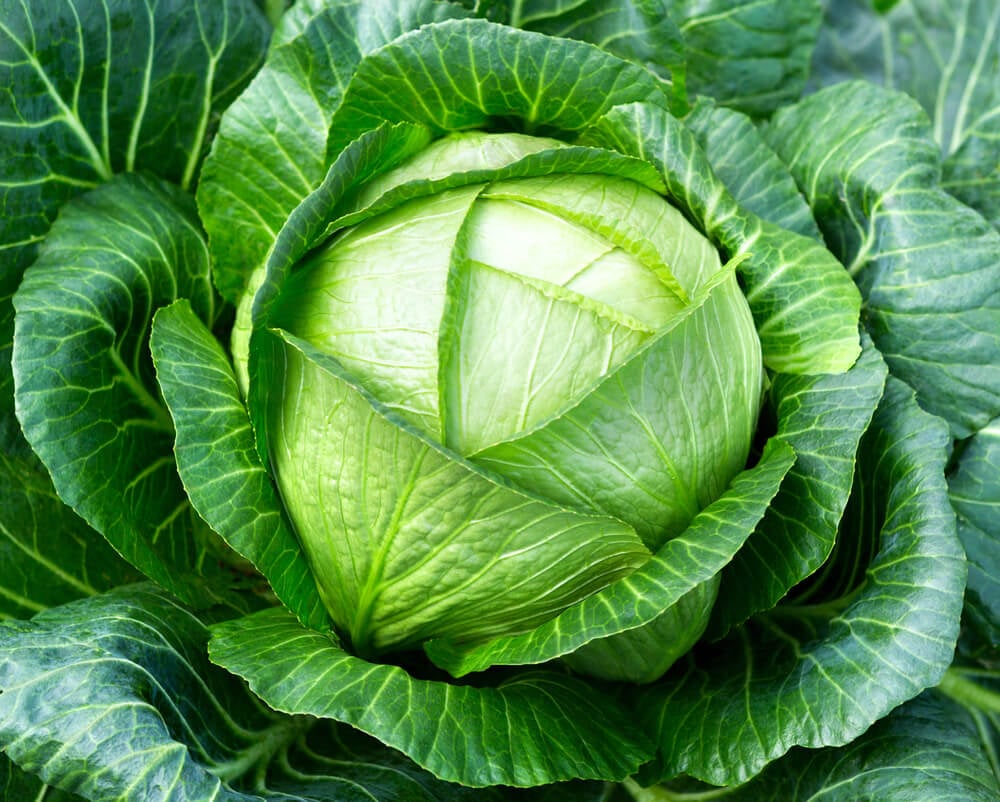
Loves Water:
- Cabbage thrives in wet, cool conditions. The more water it gets the better and most delicious it will taste. Winterhe perfect time to not only grow but also harvest cabbage.
Numerous Varieties:
- This may be one of the most underrated factors for growing cabbage in Alaska. There are a handful of types of cabbage, all of which can be grown throughout winter.
THESE Could Harm Your Cabbage
You:
This may seem strange, but the gardener is most prone to harm your cabbage. Most gardeners will harvest cabbage either when it is too hard or too soft. Not only this, but gardeners tend to overfertilize cabbage causing too big of an inedible plant.
Additional Resources
The biggest tip for growing eggplant is not to fertilize them. Fertilizing will cause your eggplants to become too large and too hard, sacrificing the taste and color of your vegetable.
Common Growing Factors of Alaska’s Winter Best Vegetables

As a reminder, the below factors are common for the Best Vegetables to Grow in Alaska Winter:
- Thrives in Heat & Drought
- Thrives in Cold
- Can Grow in Vertical Gardens
- Hardy against Pests & Insects
- Can be planted in ALL Types of Garden
- Great Cross-Pollinator